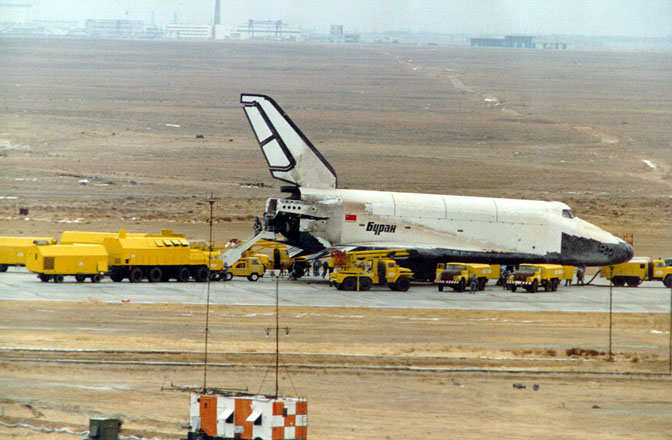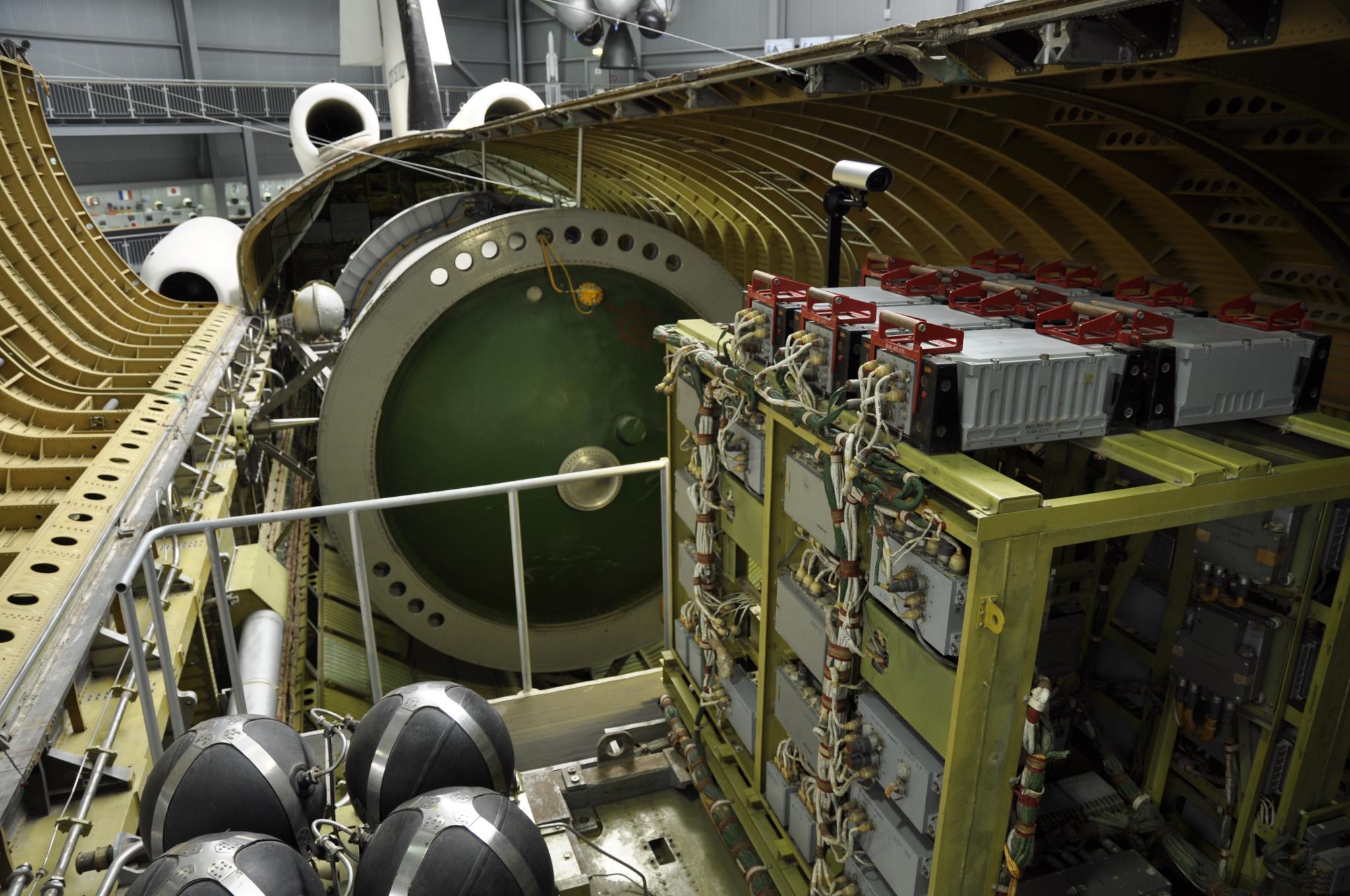
Its counterpart, the Buran shuttle, was not designed with a typical engine.
-grand.jpg)
It also had a massive rocket that worked as the fuel tank. The shutter orbiter, for instance, was designed with its own engine. Though referred to as twin shuttles, there are significant structural differences. The two surviving vehicles found were a shuttle orbiter and a Buran orbiter. Structurally Unique Shuttles Image credit: Caters News Agency The twin Soviet vehicles were meant to compete with the winged orbiters designed by the US. This scheme constituted a part of the space race that pitted the then superpowers (USA and USSR) in a thrilling battle for dominance of outer space. The intriguing story of the twin shuttles began sometime in the 1970s and 1980s when space scientists in the former USSR designed and built them. Space Race Shuttles Image credit: David de Rueda To date, the Russians still use the Cosmodrome to send or retrieve astronauts who visit the International Space Station. The valued vehicles were ‘busy’ collecting dust, rust, and bird droppings. The Baikonur Cosmodrome is an active spaceport located approximately 1,500 miles southwest of Moscow. The twin crafts were hidden in a lonely hangar in the Kazakh steppe’s Baikonur Cosmodrome. The exciting discovery sparked speculation and curiosity regarding what the Russian space agency planned to do with the cherished remains of the vintage space shuttles. Over time, some Russian space companies operating there sold off assets as funding became tight.In 2017, space enthusiasts were thrilled by the news that two Soviet-era space crafts had been found abandoned in the Kazakhstan desert region. After the fall of the Soviet Union, Russia had to lease the Kazakhstan-based Baikonur spaceport from Kazakhstan. So how did Musa obtain title to the Burya vehicle? This is where the story becomes slightly murky. Russian officials say they don't know where it is located. The skull of Kenesary Kasymov may be in St. He emphasized his determination, saying, "It is not water that flows in our veins, but blood, and it has the scent of wormwood." Wormwood is a common plant in Kazakhstan and a key ingredient of absinthe. He said he would definitely not allow the shuttle to be returned to Russia for nothing, emphasizing the value of Burya as a bargaining chip by noting that it is the most valuable Russian artifact in Kazakhstan. In an interview published Friday in a Russian language newspaper in Kazakhstan, Musa escalated his rhetoric. Now, Musa wants the skull back, and he is willing to trade Burya for it. A rival ultimately beheaded Kenesary Kasymov in 1847 and sent his head to Russia. He has emerged as a hero in modern-day Kazakhstan for leading a 10-year struggle opposing the Russian Empire's attempts to colonize the region during the 1840s. In September, reports emerged that he would only return Burya to Russia in exchange for the skull of the last Kazakh Khan, a man named Kenesary Kasymov. Musa, however, does not simply want to give the vehicle back to Russia. After the orbiter was vandalized by graffiti artists this spring, Russian officials, including head of Roscosmos Dmitry Rogozin, became increasingly concerned about Burya's future.


Further Reading Breaking into the Buran graveyard: Aging Soviet vehicles still impressīurya is located in a separate facility at the Baikonur cosmodrome.


 0 kommentar(er)
0 kommentar(er)
